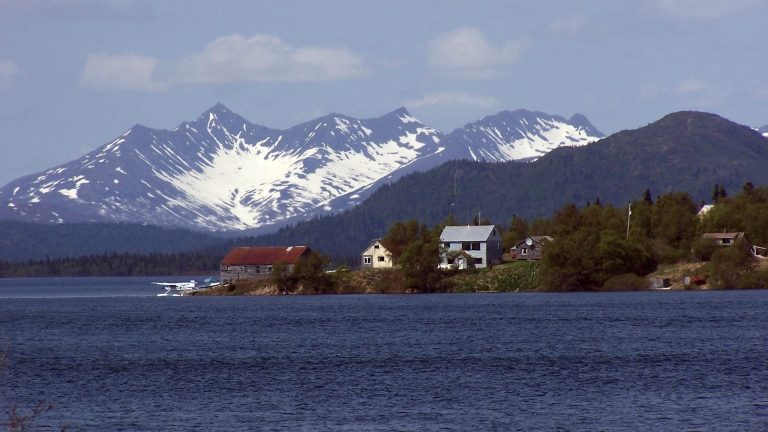Aleknajik is a small, remote community in southwestern Alaska at the head of the Wood River on Aleknajik Lake.
Most residents live on the lake's northern shore, an area that used to be inaccessible by regional roads.
To reach the south shore and towns further afield, people crossed the river by boat in the summer. In the winter, they cross frozen lakes on snowmobiles or all-terrain vehicles.
But City Administrator Kay Andrews said the water crossing can be dangerous. As the climate warms, residents won't be able to rely on thick ice all winter long.
Andrews: “We used to be able to say, 'OK, we know we can get across our lakes by Thanksgiving.'” … But today, we're lucky if there's ice before Christmas.
As a result, the city received government funding to build a bridge across the river. It opened in 2015 and now people can travel safely year-round and connect to the regional road network.
Andrews: “This bridge has really made a difference in our community.”
However, greater accessibility is not without its drawbacks. Now people come from outside the city, parking on back roads not suitable for cars, and depleting the berry patches that locals have long relied on.
But Andrews said the pros outweigh the cons. The bridge helps keep residents safe in a warming world.
Report source: Sarah Kennedy/ChavoBart Digital Media
We help millions of people understand climate change and what to do about it. Help us reach more people like you.
